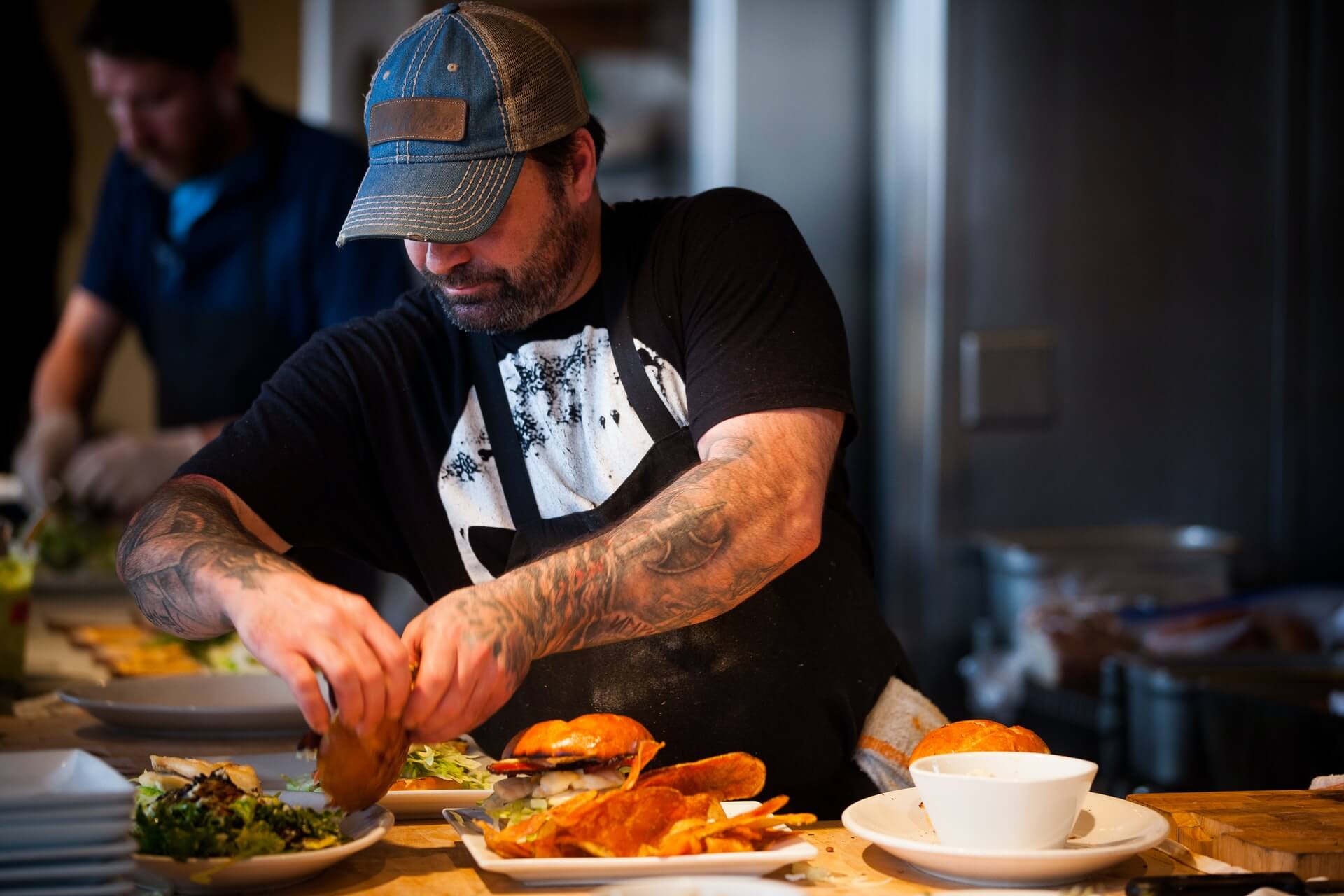Restaurants in Canada: Daypart Performance
by David Klemt

For both in-person dining and off-premise consumption, more Canadian consumers are ordering from restaurants across all dayparts.
As Restaurants Canada points out in their latest report, traffic and sales remain lower than pre-pandemic levels. However, there are reasons to be positive.
For one example, Restaurants Canada predicts 2022 sales to return to pre-pandemic levels by the end of the year. The foodservice research and advocacy organization’s 2022 Foodservice Facts report provides another positive outlook.
Just looking at Q1 of this year versus Q3, all dayparts are seeing increases in traffic.
To read more about the report and grab your own copy, follow this link.
Numbers Tell the Tale
Per Restaurants Canada, the breakfast daypart slid significantly in 2020. During that time, it fell 20 percent that year.
For the first half of this year, however, Restaurants Canada reports that breakfast traffic is just four percent lower in comparison to 2019.
On a positive note, the breakfast daypart has risen steadily from March of this year to July, or Q1 versus Q3. In fact, all dayparts have grown.
According to Restaurants Canada, 43 percent of Canadians ordered breakfast from restaurants in March 2022. That number grew to 50 percent by July of this year.
In terms of snack purchases, 55 percent of Canadian consumers made purchases from restaurants. By July, that percentage rose to 62 percent.
Continuing along, 64 percent of Canadians placed lunch orders in March. Four months later, that number had increased to 73 percent.
Per the 2022 Foodservice Facts report, a significant percentage of Canadians are placing lunch and snack orders. In fact, Restaurants Canada says that Canadians are making purchases from restaurants during those dayparts two to three times per month.
Of course, there’s one more daypart we need to discuss…
Dinner is King
By the numbers, the dinner daypart is outperforming all others in Canada.
In March of 2022, 85 percent of Canadians had placed dinner orders at restaurants. That number rose to 87 percent in April but dipped to 86 percent in May.
However, dinner saw growth again in June and July, rising to 88 and then 89 percent, respectively.
As the numbers show, dinner orders are outpacing lunch orders 14 percent. Snacks are being outpaced by dinner by nearly 30 percent. Of all dayparts, breakfast is the weakest.
In fact, dinner outperforms breakfast by nearly 40 points. This makes sense when we consider the work-from-home effect.
More people working from home means, in theory, many less people commuting to work. Restaurants that once saw great breakfast daypart traffic are seeing a significant dropoff. Less people commuting means less people popping into a restaurant for breakfast.
It appears that instead, people are clocking in, working until break time, and then going to get a snack. And when lunch rolls around, why not place an order for lunch?
Naturally, after working all day, people are tired or eager to meet up with friends and family to socialize and decompress. So, dinner ruling the daypart roost makes complete sense.
In other words, operators looking to streamline should consider this Restaurants Canada data. The dayparts that require the most labor currently are lunch and dinner, so operators should plan accordingly if that’s viable for their business.
Image: CHUTTERSNAP on Unsplash


